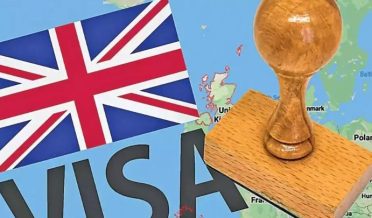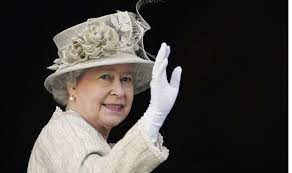This question has been commonly asked about the UK in recent years that “is UK still a welfare state “an overview of this question is the welfare state of the United Kingdom began to evolve in the 1900s and early 1910s and comprises expenditures by the government of the United Kingdom of Great Britain and Northern Ireland intended to improve health, education, employment and social security. The United Kingdom is a unitary state in which central government substantially directs most government activity. However, the structure of services in Scotland, Wales and Northern Ireland differs in certain respects. Each region has both a Secretary of State and administrative department situated in central government, and its own assembly and executive, which take on the role in the region of certain central government ministries. The laws which apply in Scotland and Northern Ireland are different from those in England and Wales. The Scottish Parliament has in consequence very much more influence than its Welsh counterpart, and the Scottish Government (a name confusingly used for both government and executive) has the role of a civil service for Scotland, with a social policy. The administrative structure in Northern Ireland is significantly different: personal social services are the responsibility of the Health Board (as they are in the Republic of Ireland) and social security and housing fall under the Department for Social Development.
This framework changes frequently. The most important changes in recent years have been the reformation of the Department of Social Security into the Department of Work and Pensions, the significant transfer of income maintenance to the Inland Revenue (now HMRC, for Her Majesty’s Revenue and Customs), and the demolition of the Department of Transport, the Regions and Local Government, whose key social policy responsibilities were placed in the Office of the Deputy Prime Minister and have now been relocated mainly into Communities and Local Government. At Departmental level, there is a wide range of national ‘agencies’ – not listed in the table which follows – which have specialist functions in relation to issues like procurement, IT, and finance; some have expert or advisory roles. The Beveridge Report of 1942 proposed a system of National Insurance, based on three ‘assumptions’: The report became a major propaganda weapon, with both major parties committed to its introduction. During the war, the coalition government also committed itself to full employment through Keynesian policies, free universal secondary education, and the introduction of family allowances. The Labour Government was elected in 1945, and introduced three key acts:
the 1946 National Insurance Act, which implemented the Beveridge scheme for social security and the 1948 National Assistance Act, which abolished the Poor Law while making provision for welfare services. These Acts were timed to come into force on the same day, 7th June 1948. The 1948 Children Act was another important element. Local government grew, in England and Wales, from the administration of the Poor Laws. When local services for health, social assistance and education were established during the 19th century, someone had to be responsible for their delivery; the powers were given to the Poor Law guardians, and subsequently this became the core of a reformed local government system. In Scotland, the local administration was more developed, being based on the police burghs, but many of the reforms in the 19th and 20th centuries were driven by English approaches. Local government lost many of its powers after the war – including responsibility for health, social security and public utilities – and has progressively declined in influence since. The structure of local government was reformed in the 1970s, to form two main tiers (county and district) in most of Britain; in 1996 local government was focused on a single administrative tier, though some two-tier authorities have been retained.
The UK has a highly centralised system of government, and the powers of local government are very limited. Central government exercises considerable controls over local action: they include legal restraints. Local authorities have long been forbidden by law to do anything which is not expressly permitted by Parliament; local authorities which wanted to undertake any special initiative outside their existing powers (‘ultra vires’) had to promote a private Act of Parliament. Recently both England and Scotland have introduced a general power for local authorities to further the welfare of the population, but this is a new provision, and it has not yet led to radical change. The main power local government has is one of conservative resistance, usually in the form of a failure to put central government policies immediately into effect. Political scientists refer to this kind of institutional obstacle as ‘veto points’. Contemporary arguments emphasised the inter-related nature of these services, and the importance of each for the others. However, the administrative division between services was reinforced by reactions against the unifying and all-embracing nature of the Poor Law, which led to a strong distinction being made between income maintenance, health and welfare services. The ‘Welfare State’ was not intended to respond to poverty; that was what the Poor Law had done. The main purpose was to encourage the provision of the social services on the same basis as the public services – roads, libraries and so forth – an ‘institutional’ model of welfare. Criticisms of the Welfare State in later years, however, were to concentrate increasingly on the problem of poverty, and debates in the UK are increasingly residual in tone.
 210
210






